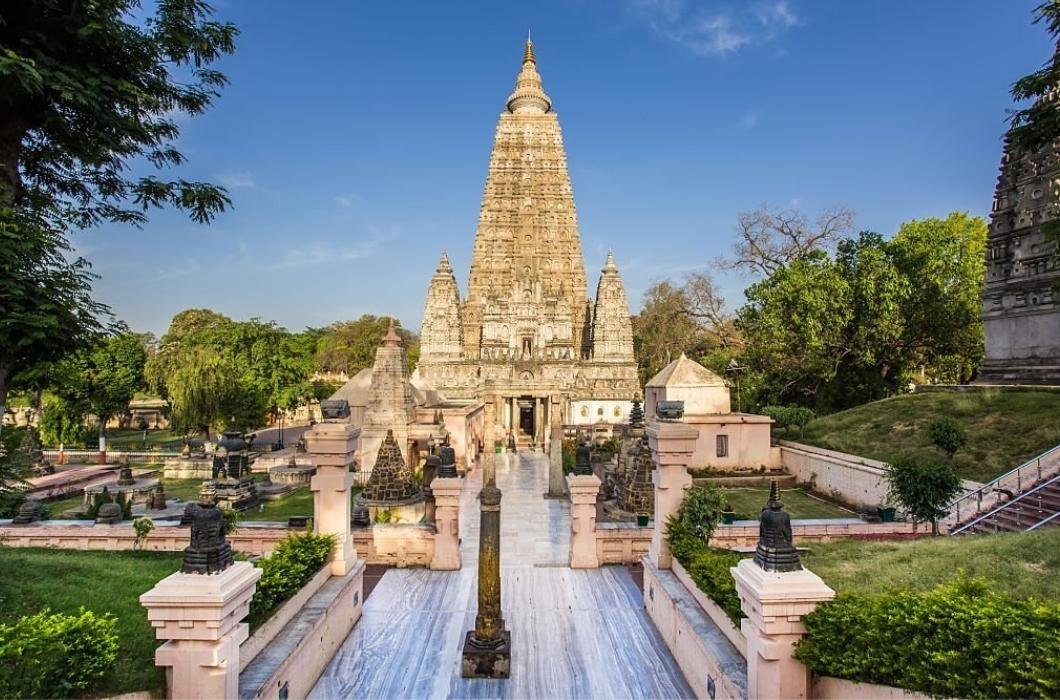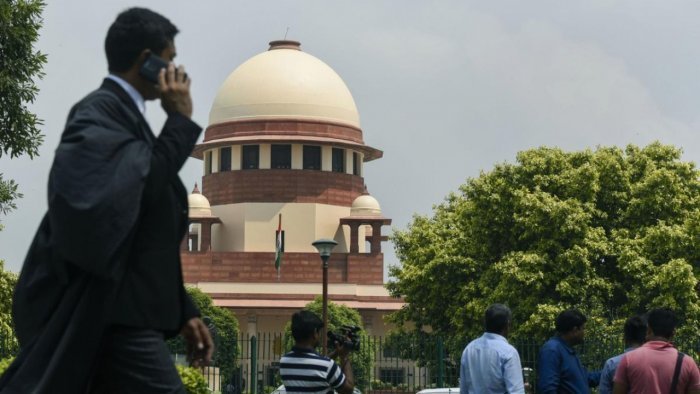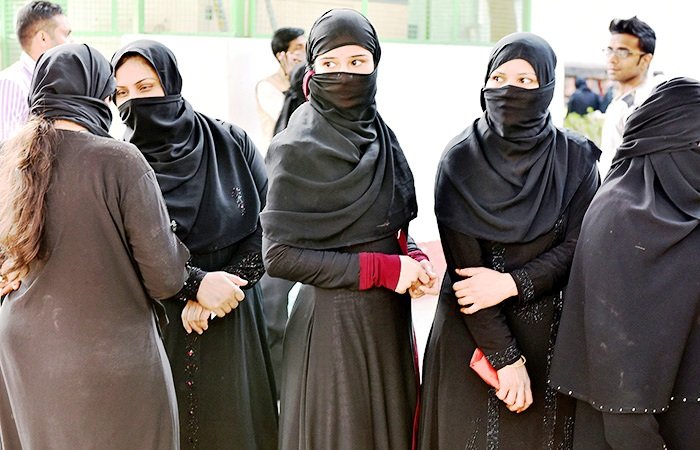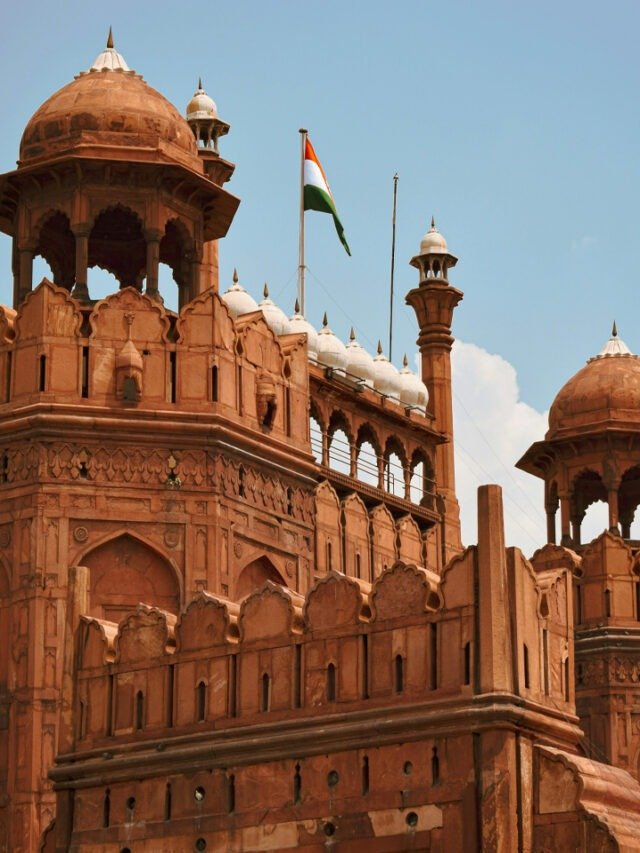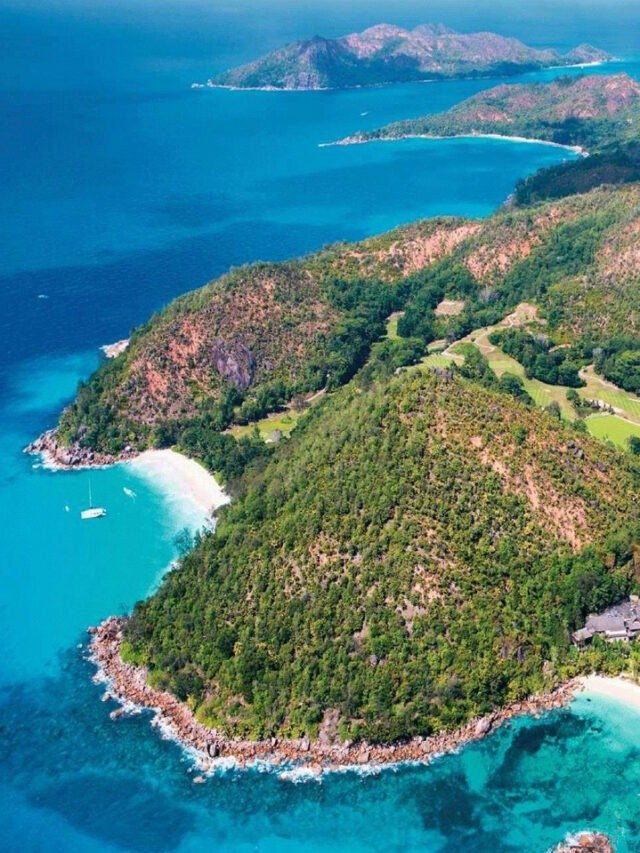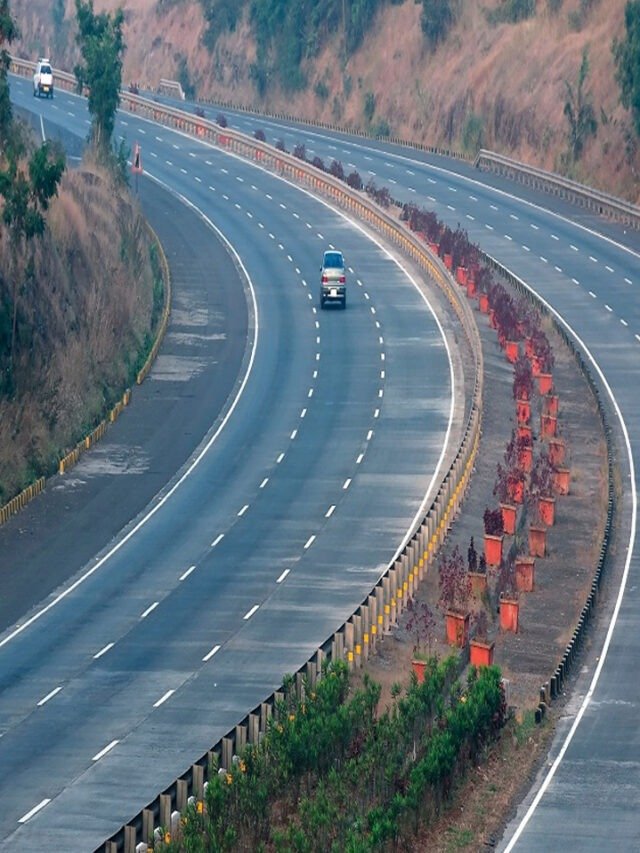HT DIGITAL
NEW DELHI, AUGUST 5: India’s Supreme Court has consented to hear a petition for the abolition of the Bodh Gaya Temple Act of 1949, under which the Mahabodhi Temple in Bihar is managed—one of Buddhism’s holiest places. The petition also asks for the promulgation of a new central law for more efficient administration, protection, and sole religious control of the temple by the Buddhist community.
On Monday, a bench of Justices M M Sundresh and N Kotiswar Singh heard the plea and directed notice to the central government and other authorities concerned. The court has ordered them to respond to the petition and announced that it would hear the case along with another similar case that is already pending before the court.
The petition questions the constitutional legitimacy of the Bodh Gaya Temple Act, 1949, on the grounds that it contravenes Article 13 of the Indian Constitution. Article 13 states that any law which goes against or restricts the fundamental rights of citizens is to be held as void. The petitioners contend that the current law is archaic and does not represent the religious rights and interests of the international Buddhist community.
Emphasizing the importance of the Mahabodhi Temple, the petition mentions that it is more than an ancient historic site but a holy, living place of worship where Lord Gautam Buddha became enlightened nearly 2,500 years ago. The temple is visited by millions of pilgrims and tourists from all over the world and has been designated as a UNESCO World Heritage Site.
The petitioners also contend that the temple must be regulated under a national framework that ensures the temple is utilized only for Buddhist religious purposes. They contend such an approach would ensure mismanagement and encroachment are avoided while ensuring the sacred sanctity of the site is maintained.
Complaints were also made regarding purported encroachments within the temple complex. The petition seeks to have the Supreme Court instruct the authorities to mark out and clear any such encroachments in order that Buddhists may have full and unimpeded access to their house of worship.
It should be pointed out that the Supreme Court previously refused to entertain a similar plea against the 1949 Act, directing the petitioner then to petition the High Court. Nevertheless, in this case, the top court has agreed to take up the matter directly, providing new hope to those who are pushing for new law putting the temple in sole Buddhist control.
The Mahabodhi Temple Complex contains a number of sacred features, such as the 50-meter-tall chief temple, the Vajrasana or “Diamond Throne,” the sacred Bodhi tree upon which Buddha sat in meditation, and various smaller stupas and shrines. The complex is ringed with protective walls and is situated around five meters below the surrounding ground level. The Holy Lotus Pond, situated south of the temple, constitutes the seventh large site in the complex and continues to be an integral part of Buddhist religious practice and pilgrimage.


